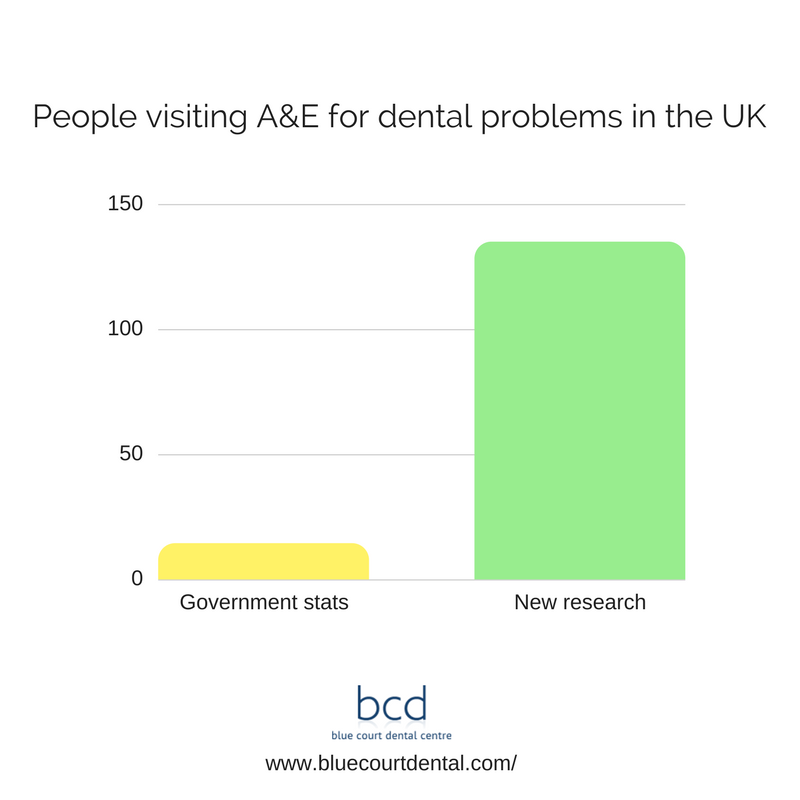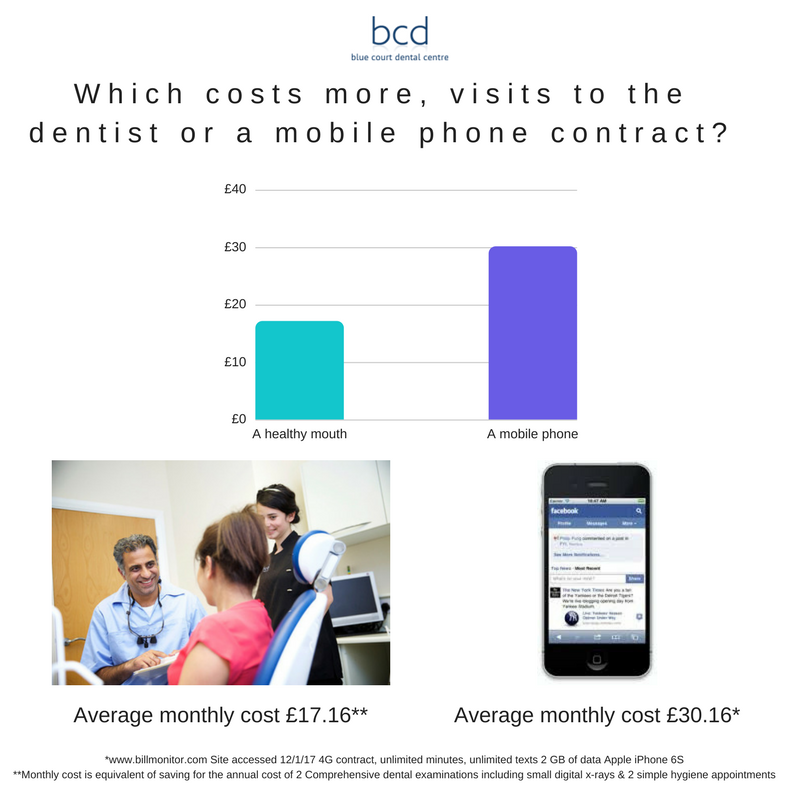Dr Nishan Dixit
Latest posts by Dr Nishan Dixit (see all)
- Dr Dixit is the new President of British Academy of Cosmetic Dentistry - 28 May 2020
- Does Invisalign hurt? - 9 March 2020
- How Long Does Invisalign Take? - 27 February 2020
When it comes to having Beautifully white teeth, you have many options. You can either go for professional teeth whitening at the dentist’s office, or you can try whitening your teeth in the comfort of your home by using over the counter bleaching agents or trying various natural teeth whitening methods. Among them, charcoal teeth whitening is another natural method that has become one of the most popular methods, mainly because of celebrities talking about it. So, what has made charcoal teeth whitening so popular? Does it really work? Continue reading to find out.
What Is Charcoal Whitening?
Charcoal whitening does not mean you start rubbing your mouth with coals or using the artists’ charcoal as a brush for your teeth. The charcoal we are talking about here in the context of teeth whitening products is far superior in quality. Dentists call it the activated charcoal; a highly purified and finely ground form of charcoal which is added into teeth whitening pastes or powders, in addition to other minor ingredients like foaming agents, stabilizers and may be flavored. Of course, the formulation may be in the form of a paste or even a powder.
Activated Charcoal! What is it?
Activated charcoal is derived from the same sources as ordinary charcoal. Among the organic sources of charcoal, wood is the most common although waste organic material like coconut shells may be used. Charcoal may also be obtained from hydrocarbon minerals e.g. petroleum, peat, or coal, etc. The difference between ordinary charcoal and activated charcoal lies in the processing which modifies the enhances the absorption properties of the charcoal. Charcoal is exposed to a special gas so that the resulting charcoal is far more porous. That is activated charcoal with a highly enhanced ability to absorb. Such activated charcoal is also used in water filtration processes.
Ancient Tooth Powders Also Used Charcoal
The use of charcoal for teeth cleaning and brightening is not really new. It is a fact that ancient civilisations have also been using charcoal powder for preparing tooth powders and toothpaste for centuries. They used (and use) the burnt coal which results from burning of fuel for cooking and baking. Burnt almond skin or peanut shells were also preferred, perhaps, because they were assumed to add medicinal properties. Charcoal powder has the additional advantages of acting a soft abrasive. It was also easily available at virtually no cost. To enhance utility, such formulations often added powdered alum {KAl(SO4)2. 12H2O}, because alum is considered an anti-bacterial agent in addition to being an abrasive when in the powdered form.
the substance is often used either in the toothpaste or in activated charcoal powder.
Does Charcoal Actually Whiten Teeth?
The popularity of practice since ancient times is not really proof of its efficacy. The argument in favor relies on the absorption properties of charcoal, and the activated charcoal. It is assumed that being highly absorbent it can absorb smelly gases from water. So, it should also be able to absorb and remove staining substances, such as red wine or tea stains from the surfaces of your teeth. However, this is not necessarily a logical conclusion.
There is no denying the fact that powdered charcoal does act as a mild and cheap abrasive and thus be effective to remove plaque to some extent. Indeed, a recent study published in the reputed Journal of the American Dental Association in September 2017 concluded that further study on the subject of teeth whitening with charcoal needed. The available scientific evidence was not sufficient to give a conclusive verdict.
But is it Safe!
Although there is currently insufficient information available to conclude with certainty whether charcoal or activated charcoal is effective in teeth-whitening, there is also no evidence of any harmful effects of charcoal or activated charcoal in teeth whitening. In addition, the cost-effectiveness and safety of this procedure have certainly made it an attractive option for getting those pearly whites.
Having said that, there are some reports which suggest that activated charcoal is a little too abrasive. Using a substance which is abrasive on your teeth can remove the outer layer (tooth enamel) over an extended time period, this could result in sensitivity at best or exposure of the softer dentine underneath which could lead to decay.
Another thing to consider is the use of fluoride in activated charcoal toothpastes. Fluoride acts to assist the tooth in the remineralisation process which is necessary after the acid attack that your tooth is subject to each time you eat. Fluoride has been shown to really help teeth remineralisation and therefore harden up again to prevent the onset of decay. Some charcoal toothpastes view themselves as being alternative ways to clean teeth and therefore don’t include fluoride. If you then add this effect to the abrasive nature of charcoal one needs to be very careful when using this type of toothpaste.
After that, all you have to worry about is about possibly blackening lips and parts of your face. Be sure to wash your lips thoroughly after use of such pastes or powders, and you won’t have to worry about their staining.
Other ways to whitening your teeth
Many people opt for natural teeth whitening such as using baking soda however, the same principles apply to this type of toothpaste as they do with charcoal whitening. Baking soda can be more abrasive and you need to ensure that any toothpaste contains fluoride.
Whitening toothpaste and whitening strips can also be purchased over the counter in many pharmacies, these don’t however contain very high contents of hydrogen peroxide which is required to whiten your teeth to any significant noticeable level.
In order to ensure a brighter smile that you were truly happy with it is recommended that you ask your dentist. Before carrying out any whitening treatment they will ensure your oral health is in the best condition and then offer you various options such as whitening teeth in the surgery or whitening teeth at home.


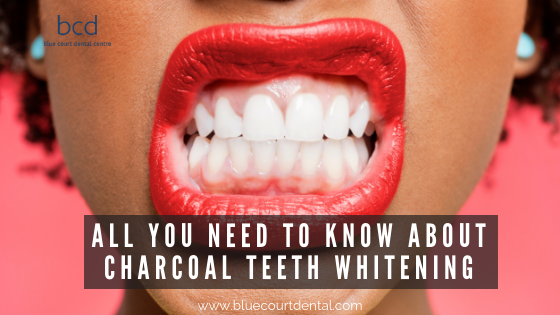
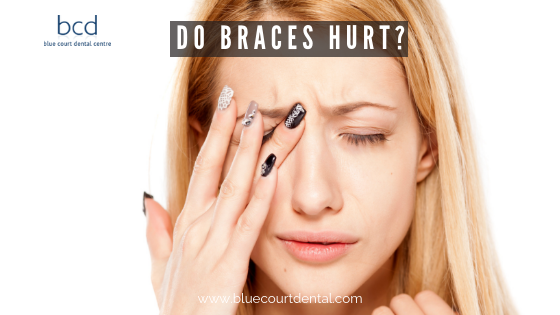
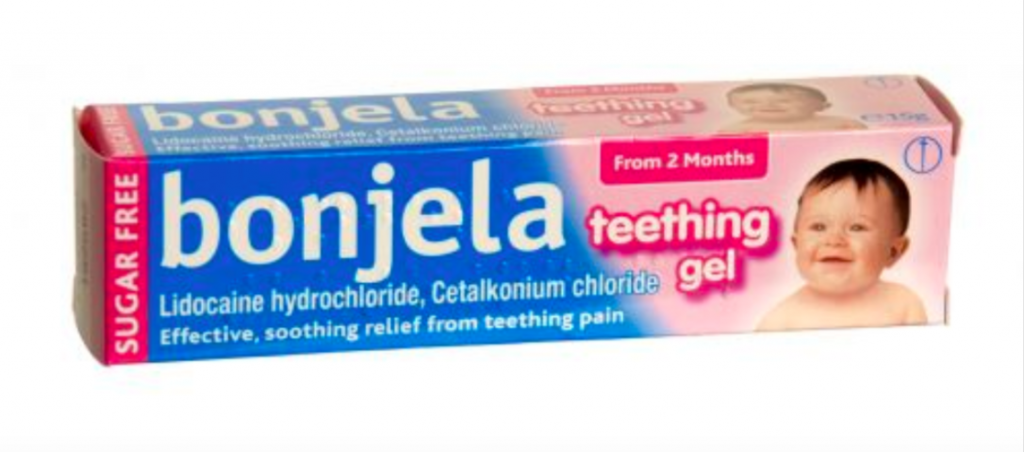
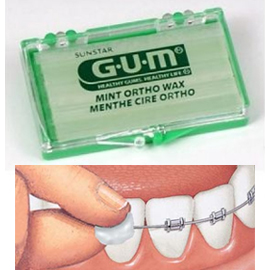
 Dental braces can have a dramatic impact on the way your face looks… If you want them to that is. Your teeth play a large part in supporting your lips and giving the appearance of use, just look at a photograph of someone without any teeth, their lips are wrinkled and they automatically look old even if they are not. Your orthodontic dentist will take this phenomenon into account when planning your treatment.
Dental braces can have a dramatic impact on the way your face looks… If you want them to that is. Your teeth play a large part in supporting your lips and giving the appearance of use, just look at a photograph of someone without any teeth, their lips are wrinkled and they automatically look old even if they are not. Your orthodontic dentist will take this phenomenon into account when planning your treatment.
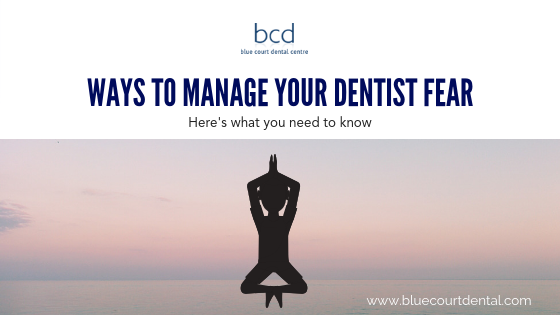
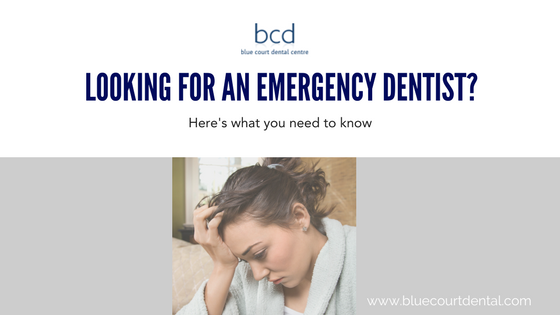
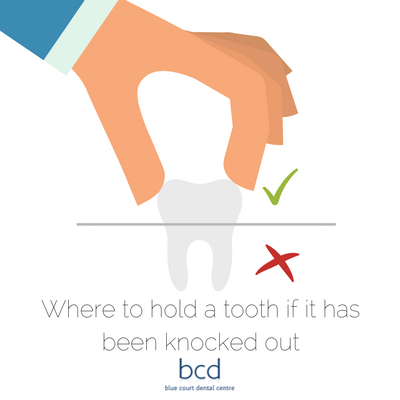
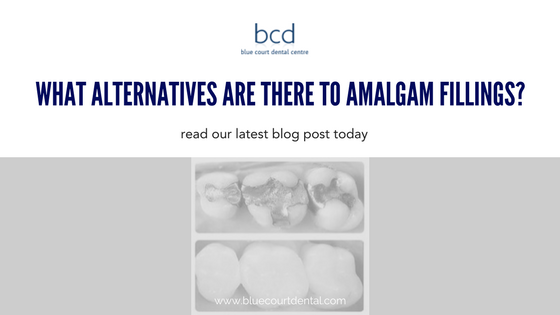
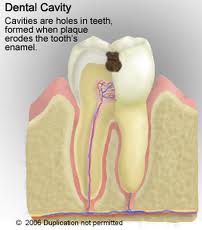 Dental plaque is a soft, sticky film that builds up on your teeth every day. This film contains millions of bacteria and as these bacteria feed on the
Dental plaque is a soft, sticky film that builds up on your teeth every day. This film contains millions of bacteria and as these bacteria feed on the 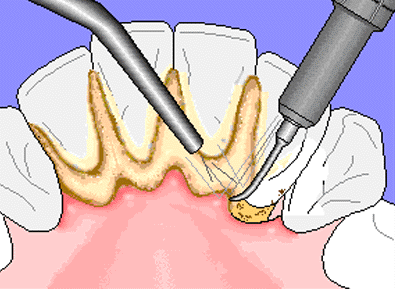 Most dentists invest heavily in technology and equipment to ensure you receive the very best treatment. A clever piece of technology that many dentists use is an
Most dentists invest heavily in technology and equipment to ensure you receive the very best treatment. A clever piece of technology that many dentists use is an 

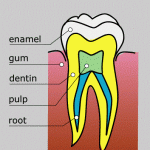 Yes, it’s possible to clean your teeth too much! If you scrub your teeth too much then the gum can recede as it will often become irritated due to the excessive brushing. As the gum recedes it may expose the softer dentine part of your tooth which is lower down towards the root. This part of the tooth is softer than the enamel (a part which you usually see) and is therefore more susceptible to both dental decay and staining.
Yes, it’s possible to clean your teeth too much! If you scrub your teeth too much then the gum can recede as it will often become irritated due to the excessive brushing. As the gum recedes it may expose the softer dentine part of your tooth which is lower down towards the root. This part of the tooth is softer than the enamel (a part which you usually see) and is therefore more susceptible to both dental decay and staining.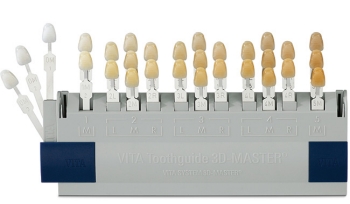
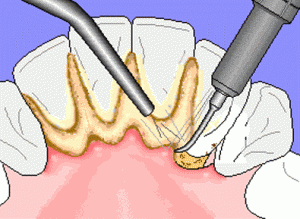
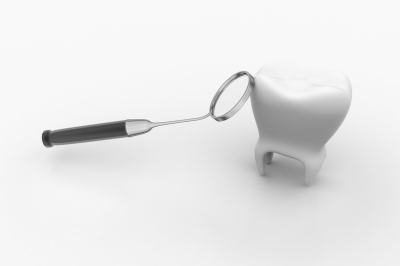
 Maintaining a healthy diet is important for overall body health as well as dental health, but the two are linked. The simplest piece of advice, and probably the most important, is to watch the amount of sugar that your child has in their diet. It’s not just the added sugar (such as on cereal in the morning) it’s the hidden sugar in so many food items particularly
Maintaining a healthy diet is important for overall body health as well as dental health, but the two are linked. The simplest piece of advice, and probably the most important, is to watch the amount of sugar that your child has in their diet. It’s not just the added sugar (such as on cereal in the morning) it’s the hidden sugar in so many food items particularly 
